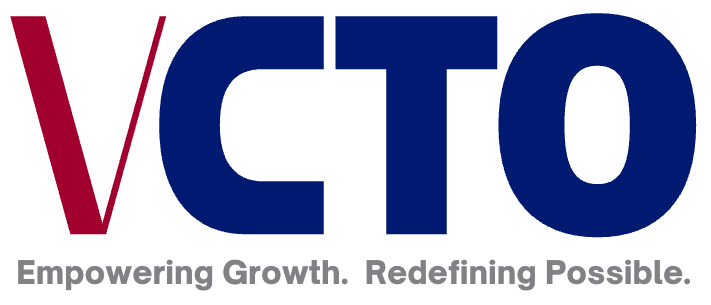
Scaling Smart, Part 3: Building Reliable, Repeatable Revenue
In Part 1 of our Scaling Smart series, we identified five signs you’re ready to grow. In Part 2, we covered building processes that run without you. Now, in Part 3, we’re focusing on the lifeblood of scaling: reliable, repeatable revenue.
Growth needs fuel—and in business, that fuel is predictable cash flow. Without it, you can’t hire the right people, invest in technology, or expand into new markets without risking financial instability.
Why Repeatable Revenue Matters
When revenue swings wildly from month to month, your ability to plan, budget, and invest is limited. Reliable income gives you the confidence to commit to long-term decisions—whether that’s adding a new salesperson, launching a product line, or negotiating better supplier contracts.
A predictable revenue base also helps you weather seasonal downturns or unexpected market changes. Instead of scrambling to cover payroll or expenses, you can focus on strategy and opportunity.
Building Predictable Revenue Streams
1. Diversify Your Sources
Avoid relying on one or two major clients. Spread your risk across industries, geographies, and customer types. For example, if 40% of your revenue comes from one industry, actively develop customers in other sectors. This insulates your business from downturns that hit a single market.
2. Adopt Recurring Models
Recurring revenue isn’t just for software companies. Service providers can offer monthly retainers, product-based businesses can launch subscription boxes, and B2B firms can bundle services into ongoing maintenance contracts. The goal is to replace unpredictable, one-off sales with a stable, contract-based income stream.
3. Strengthen Customer Retention
Loyal customers generate more predictable income and act as a buffer during slow sales months. Use loyalty programs, proactive follow-ups, and exclusive offers for repeat buyers. Assign account managers for top clients to ensure consistent communication and satisfaction.
4. Optimize Your Sales Funnel
Your sales funnel should be a measurable, predictable engine. Track the number of leads entering, your conversion rates at each stage, and the average time from lead to close. Identify bottlenecks—such as slow proposal turnaround—and fix them to increase your conversion consistency.
5. Leverage Data and Forecasting
Look for patterns in past sales to forecast demand. This includes identifying your high-converting lead sources, seasonal demand spikes, and recurring customer purchase cycles. Use these insights to create accurate monthly and quarterly revenue projections.
6. Build Strategic Partnerships
Partnering with complementary businesses can provide a steady referral pipeline. For example, a marketing agency might partner with a web development firm to exchange qualified leads, creating an ongoing source of new business.
7. Implement Tiered Offerings
Offering different pricing tiers or packages allows customers to upgrade or downgrade rather than leave entirely, keeping them within your revenue stream even if their budget changes.
Risks of Ignoring This Step
Cash Flow Crunches – Unpredictable income can stall operations and lead to rushed, costly decisions.
Inability to Invest – Without consistent revenue, growth initiatives become financially risky.
Overreliance on Key Accounts – Losing one large client could cripple your business.
Investor/Financier Hesitation – Funding sources are wary of businesses with volatile income streams.
Warning Signs:
Revenue fluctuates significantly without clear cause.
A single client contributes over 25% of total revenue.
The sales pipeline is inconsistent or not measured.
Revenue comes mostly from one-off transactions rather than ongoing relationships.
Next in the Series: In Part 4, we’ll explore how to build a trained, accountable team that can execute growth plans effectively.



